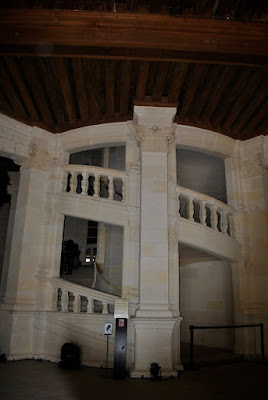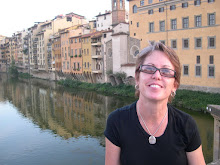I haven't been very good about posting recently; not even managing to finish writing about our London trip. If I'm honest, I didn't really want to go to London. I don't know why, it just didn't sound very exciting. I much preferred the thought of Barcelona... warm weather, great architecture, and the Mediterranean Sea. And, I was sold on staying in the nearby beach town of Seches described to my by my friend Kyle. But, Mr. Man wanted to go to London, and as much as he likes to espouse that I always get what I want, he won. Of course, it helped that all our friends told me I would love London, and I did. And, when you throw a wonderful traveling partner and amazing friends into the mix there is no room for complaint.
 |
| Mr. Man at Buckingham Palace |
Taking the Tube in London is so easy and makes me long for such an extensive public rail system in Atlanta. Come to think of it, wouldn't it be great if we had a train system in place that would take Americans from state to state the way EuroRail takes Europeans country to country? If I could hop on an express train from Atlanta to Tampa (sigh)... Alas, Americans do not seem to see the benefits of this and will likely never be willing to spend tax dollars for a rail system. And of course, the oil and airline industries would lobby against it, but I digress.
We have taken the Tube all over this city, never once feeling uncomfortable, even taking the train by myself to Shoreditch, where I wandered the streets, browsing the vintage shops.
We leave for Atlanta tomorrow. It has been a great two weeks, but I'm ready to be home.
For more pictures click here.



























































